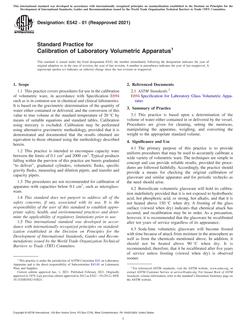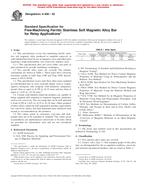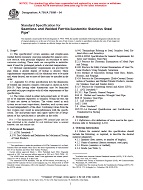1.1 This test method (Note 1) is intended for determining the comparative shear strengths of adhesives in large area joints when tested on a standard single-lap-joint specimen and under specified conditions of preparation and testing. Adhesives respond differently in small versus large area joints (Note 2).
Note 1
While this test method is intended for use in metal-to-metal applications, it may be used for measuring the shear properties of adhesives using plastic adherends, provided consideration is given to the thickness and rigidityof the plastic adherends. Doublers or bonded tabs may be required for plastic adherends to prevent bearing failure in the adherends.
Note 2
This variation can be influenced by adhesive density, flow characteristics, cure rate, gel time, carrier composition, entrapped volatiles, volatiles released during cure, etc. and also by cure cycle variables including: temperature, time, pressure, rise rate to temperature, cool-down rate, etc. In addition to the processing variables joint size changes the level of constraint on the adhesive as well as the influence of induced tensile loads at the edge of the joint during mechanical or thermal loading.
1.2 The values stated in SI units are to be regarded as the standard. The values given in parentheses are for information only.
This standard does not purport to address all of the safety concerns, if any, associated with its use. It is the responsibility of the user of this standard to establish appropriate safety and health practices and determine the applicability of regulatory limitations prior to use.
Product Details
- Published:
- 10/01/2007
- Number of Pages:
- 4
- File Size:
- 1 file , 93 KB
- Redline File Size:
- 2 files , 180 KB


